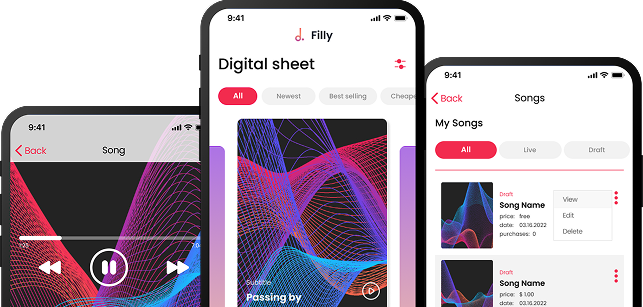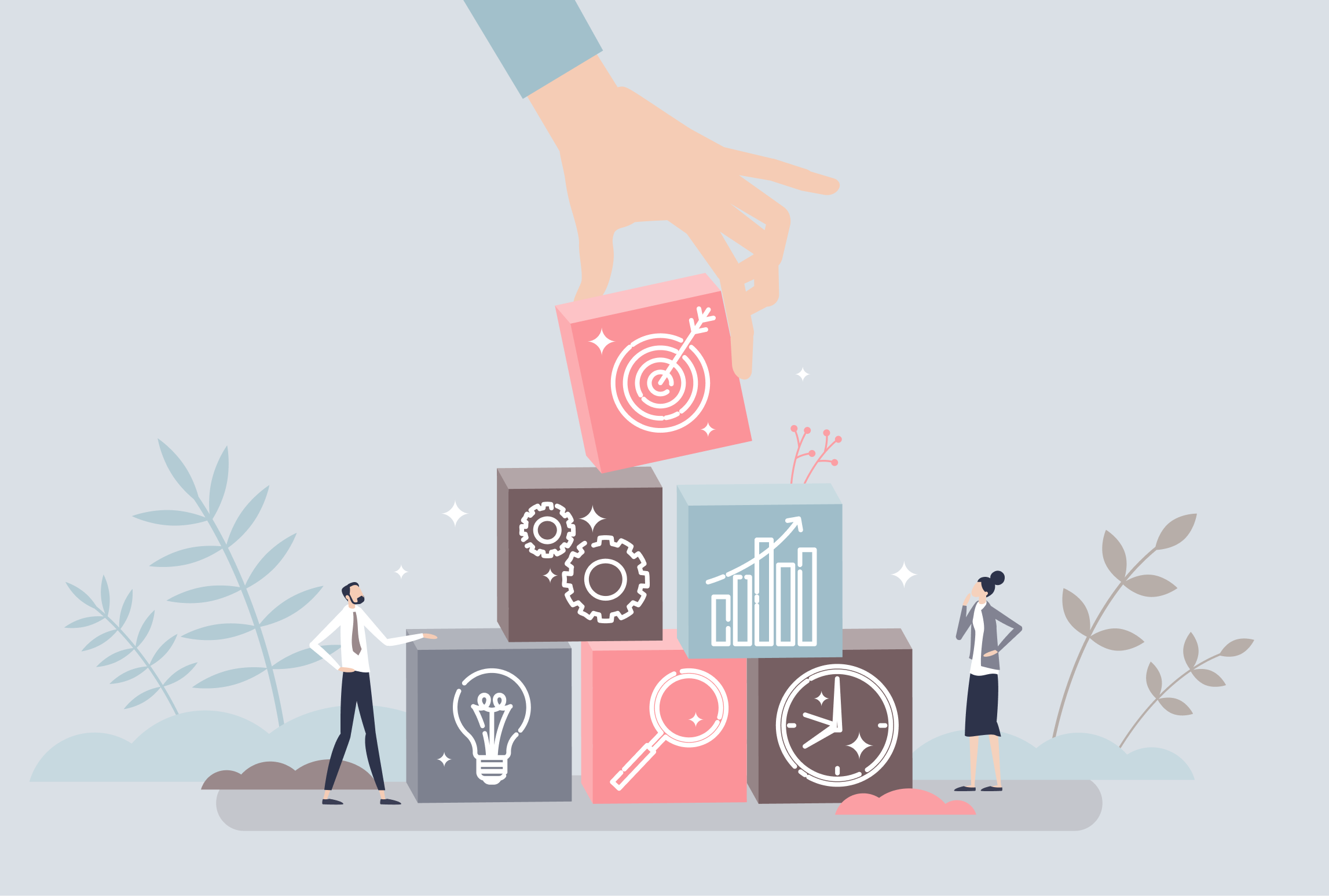In today’s fast-paced digital world, organizations are under constant pressure to develop and deploy software more quickly while maintaining high levels of security. Traditional software development models often treated security as an afterthought, tacking it on at the end of the process. However, as cyber threats have become more sophisticated and frequent, there’s a growing recognition that security must be integrated into every stage of the software development lifecycle (SDLC). This is where DevSecOps comes into play.
DevSecOps stands for Development, Security, and Operations. It is an evolution of the DevOps approach, emphasizing the inclusion of security practices within the DevOps pipeline. By embedding security directly into the workflow, DevSecOps ensures that applications are secure from the start, without compromising speed or agility. This article provides a comprehensive guide to understanding DevSecOps and its benefits, challenges, and best practices for integrating security into your development pipeline.

The Evolution from DevOps to DevSecOps
What is DevOps?
Before diving into DevSecOps, it's essential to understand DevOps. DevOps is a methodology that combines software development (Dev) and IT operations (Ops) to shorten the development lifecycle while delivering high-quality software continuously. The main focus of DevOps is to foster collaboration between developers and operations teams to automate processes, enhance efficiency, and reduce the time to market.
The Security Gap in DevOps
While DevOps has proven successful in accelerating software delivery, one area that has often been overlooked is security. Traditional security practices, which are manual, time-consuming, and occur late in the development cycle, do not align with the fast pace of DevOps. This disconnect between security and development teams often leads to vulnerabilities being discovered too late, after the software has been deployed.
What is DevSecOps?
DevSecOps bridges this gap by embedding security practices into the DevOps pipeline. The goal is to shift security "left," meaning that security is integrated early in the SDLC rather than being applied only during the final stages. With DevSecOps, security becomes a shared responsibility across all teams involved in software development, from developers and testers to operations and security professionals.

Key Principles of DevSecOps
1. Shift-Left Security
One of the central principles of DevSecOps is the concept of shift-left security. In traditional models, security is addressed at the end of the development process. However, with DevSecOps, security is incorporated from the very beginning. This approach ensures that vulnerabilities are detected and resolved early, reducing the risk of security breaches and costly rework.
2. Automation
Automation is a cornerstone of both DevOps and DevSecOps. In DevSecOps, automation tools are used to perform security testing at various stages of the development lifecycle. For example, automated security scans, vulnerability assessments, and compliance checks are integrated into the Continuous Integration/Continuous Delivery (CI/CD) pipeline. This ensures that security tests are conducted consistently and efficiently without slowing down the development process.
3. Collaboration
DevSecOps fosters a culture of collaboration between development, operations, and security teams. By breaking down silos, teams work together to ensure that security is a shared responsibility. Developers are empowered to write secure code, security teams provide guidance throughout the SDLC, and operations teams ensure that security measures are maintained in production environments.
4. Continuous Monitoring and Feedback
Security doesn’t stop once software is deployed. Continuous monitoring is essential in identifying and mitigating new vulnerabilities that may arise in production. With DevSecOps, organizations can implement real-time monitoring tools that provide feedback on security risks, enabling quick responses to potential threats.

Benefits of DevSecOps
1. Faster, More Secure Software Delivery
By integrating security into the DevOps pipeline, organizations can deliver software more quickly without sacrificing security. With security checks automated and integrated into the workflow, teams can identify and address vulnerabilities earlier in the development process. This reduces the likelihood of delays caused by last-minute security issues, leading to faster releases.
2. Reduced Costs
Identifying and fixing security vulnerabilities early in the SDLC is far less expensive than addressing them after the software has been deployed. DevSecOps helps organizations avoid costly security breaches and the need for post-release patches by ensuring that security issues are caught and resolved during development.
3. Improved Collaboration and Accountabilit
DevSecOps promotes a culture of shared responsibility, where all teams have a stake in the security of the software. This increased collaboration fosters better communication between development, operations, and security teams, reducing friction and improving overall efficiency. Additionally, developers are encouraged to take ownership of security, leading to more secure code from the start.
4. Enhanced Compliance
For organizations operating in heavily regulated industries (e.g., healthcare, finance), compliance with security standards and regulations is critical. DevSecOps enables organizations to integrate compliance checks directly into the development pipeline. This ensures that all code is compliant with security policies and regulations before it is deployed, reducing the risk of non-compliance and associated penalties.

Challenges in Implementing DevSecOps
While DevSecOps offers numerous benefits, implementing it successfully can present several challenges.
1. Cultural Shift
One of the biggest hurdles in adopting DevSecOps is the cultural shift required within an organization. DevSecOps demands a mindset change, where security is seen as a shared responsibility rather than the sole responsibility of a dedicated security team. Achieving this cultural shift can be difficult, especially in organizations where security teams are traditionally siloed from development and operations.
2. Tooling and Automation
While automation is essential for DevSecOps, selecting the right tools can be a challenge. Organizations must invest in security tools that integrate seamlessly with their existing CI/CD pipelines. Additionally, these tools must provide comprehensive security testing without introducing false positives or negatively impacting the speed of development.
3. Skill Gaps
Another challenge is the skill gap between development, operations, and security teams. Developers may lack the knowledge or experience to implement security best practices, while security professionals may not be familiar with the fast-paced, iterative nature of DevOps. Bridging this skills gap requires training, collaboration, and ongoing education for all team members.
4. Balancing Speed and Security
DevSecOps strives to balance the need for rapid software delivery with the requirement for robust security. However, finding this balance can be challenging, especially in organizations with tight deadlines and high-pressure environments. There is a risk that security measures could slow down the development process or that speed could come at the cost of security.
Best Practices for Implementing DevSecOps
To overcome these challenges and successfully integrate DevSecOps, organizations should follow these best practices:
1. Security as Code
Treat security as code by embedding security controls directly into the development process. This means using code reviews, automated security testing, and static analysis tools to catch vulnerabilities as early as possible. Security as code ensures that security checks are part of the normal development workflow, rather than an afterthought.
2. Leverage Automation Tools
Automation is key to scaling security across the development pipeline. Invest in tools that can automatically scan code for vulnerabilities, perform security testing during builds, and provide real-time feedback to developers. Popular tools include SonarQube for static code analysis, OWASP ZAP for dynamic application security testing, and Aqua Security for container security.
3. Implement Continuous Monitoring
Security risks don’t end once an application is deployed. Implement continuous monitoring to detect vulnerabilities in real-time. Tools such as Splunk and Nagios can monitor production environments for security threats and alert teams to potential issues.
4. Foster a DevSecOps Culture
Successful DevSecOps adoption requires a cultural shift within the organization. Encourage collaboration between development, operations, and security teams, and ensure that security is seen as a shared responsibility. Provide ongoing training and education to ensure that all team members understand security best practices.
5. Start Small and Scale Gradually
DevSecOps is not an all-or-nothing approach. Start small by integrating security into a specific part of your development process and gradually scale it across the organization. This allows teams to adjust to the new processes and tools without overwhelming them.

The Future of DevSecOps
As cyber threats continue to evolve, the importance of integrating security into the software development process will only grow. In the future, we can expect to see even more advanced automation tools that use artificial intelligence (AI) and machine learning (ML) to detect and respond to security threats in real-time. Additionally, as more organizations adopt cloud-native technologies, security practices will need to evolve to address the unique challenges of securing cloud environments.
DevSecOps bridges the gap between speed and security, ensuring that applications are safeguarded from the start without compromising the agility of modern development.
Conclusion
DevSecOps represents a critical shift in how organizations approach security. By integrating security into the development process, organizations can deliver secure software faster and more efficiently. While implementing DevSecOps may present challenges, the long-term benefits—such as faster delivery, reduced costs, and improved security—make it a worthwhile investment. By embracing automation, fostering collaboration, and adopting a DevSecOps culture, organizations can ensure that security becomes an integral part of their software development lifecycle.
Heading 1
Heading 2
Heading 3
Heading 4
Heading 5
Heading 6
Lorem ipsum dolor sit amet, consectetur adipiscing elit, sed do eiusmod tempor incididunt ut labore et dolore magna aliqua. Ut enim ad minim veniam, quis nostrud exercitation ullamco laboris nisi ut aliquip ex ea commodo consequat. Duis aute irure dolor in reprehenderit in voluptate velit esse cillum dolore eu fugiat nulla pariatur.
Block quote
Ordered list
- Item 1
- Item 2
- Item 3
Unordered list
- Item A
- Item B
- Item C
Bold text
Emphasis
Superscript
Subscript





















.avif)



.avif)

.avif)


